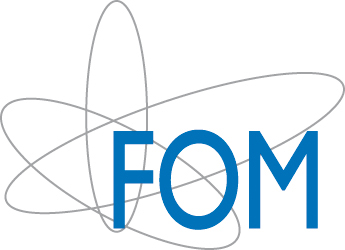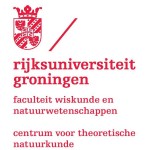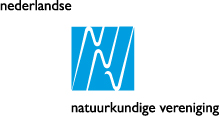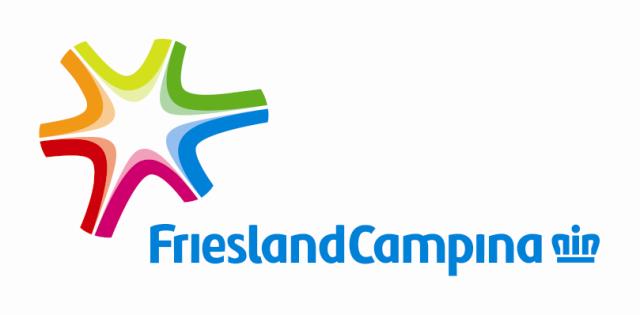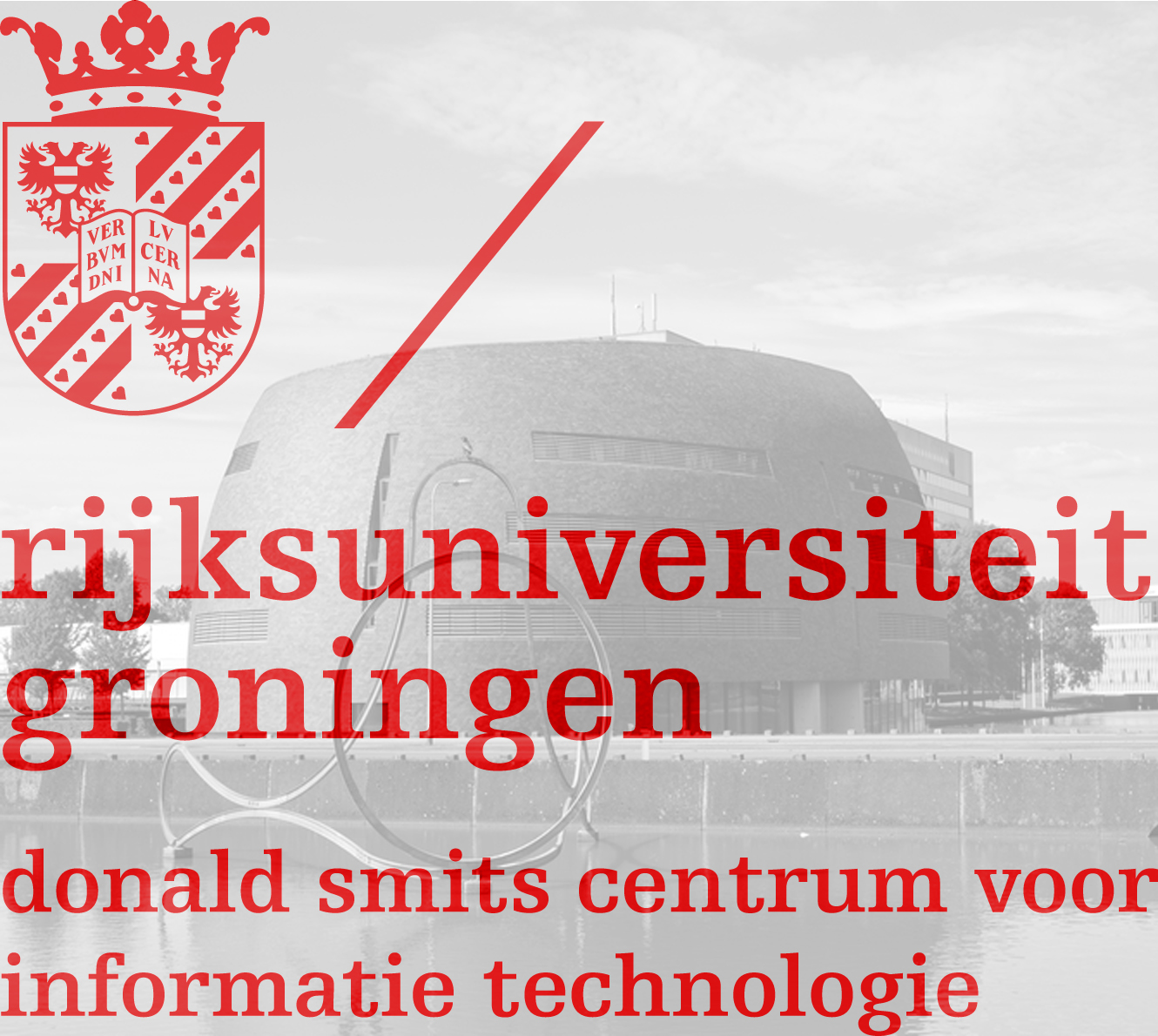Creating 3D images with 2D X-ray images
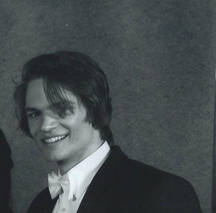
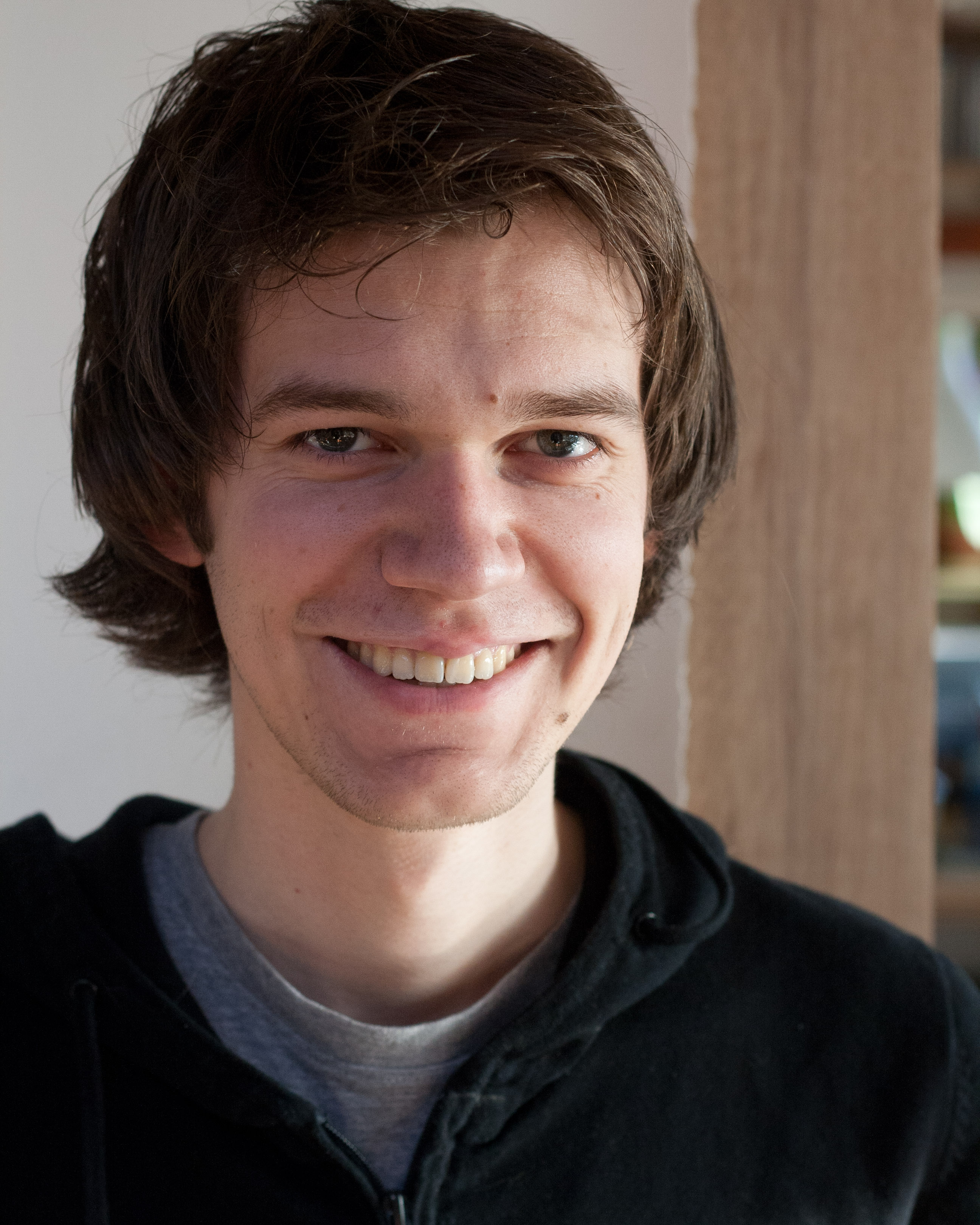 Before our travels in South Africa, a case had been arranged for Maarten and myself together with the company Schut, which is a company based in Groningen and specialized in geometrical metrology, or “building devices to accurately measure the geometrical properties of objects”. They do this with touch probe and video measuring devices, which are very good for characterizing solid objects. Objects having a cavity pose a problem, however, as the probe is not able follow the shape of most cavities. Video is no option either, as light cannot be used to look around the corner.
Before our travels in South Africa, a case had been arranged for Maarten and myself together with the company Schut, which is a company based in Groningen and specialized in geometrical metrology, or “building devices to accurately measure the geometrical properties of objects”. They do this with touch probe and video measuring devices, which are very good for characterizing solid objects. Objects having a cavity pose a problem, however, as the probe is not able follow the shape of most cavities. Video is no option either, as light cannot be used to look around the corner.
To solve this, the company has become interested in X-ray scanning devices to scan an object, for the out- AND inside. As most people know, X-rays can penetrate into materials, which is how doctors can see fractures in your bones and how the customs office is able to see what is inside your luggage without opening your bags.
2D X-ray images of an object, taken from different angles, can be used to create a 3D image of the object. This process is called tomography. Schut wants to use these 3D images to measure the dimensions of all kinds of objects and cavities with a good accuracy and precision. In order for the 3D image to have errors smaller than, for example, 10 micrometers, the single 2D images need to have small errors. The idea of our case was to investigate, by simulation, whether there is a physical limit to the precision of the image, due to scattering of X-rays in the object. The simulations are performed with Geant4, a simulation toolkit for particle-matter interactions. Also, the effect of deviating from the ideal situation is investigated. For example, the effect of the X-ray source not being an ideal point source, the pixel size of the detector screen and scattering and absorption in different materials. All of this is done in order to give Schut an idea about what kinds of materials, setups or devices have to be used to achieve a certain precision. The case is still in progress and has not yielded any results of this kind so far.
Mart Salverda and Maarten Degen

